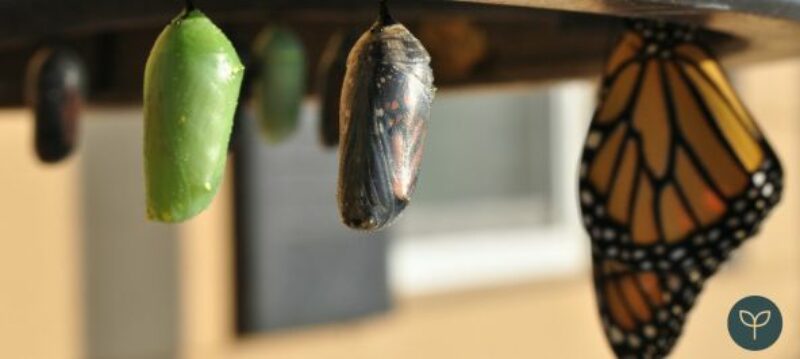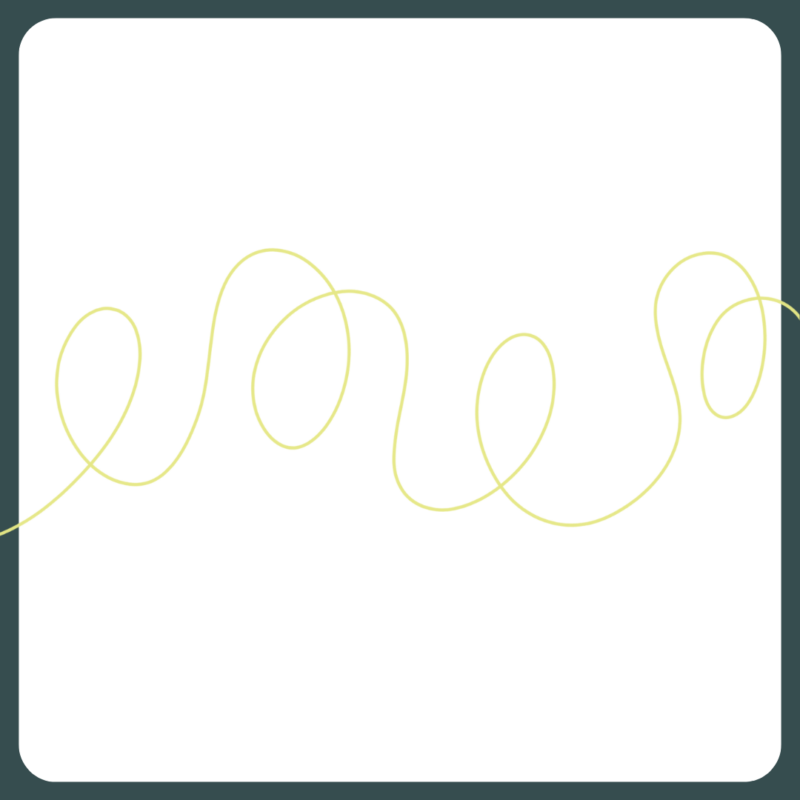Intro to The Two Arrows Practice
Responding to change with openness can help our nervous system slow down, connect to the present moment, and recenter ourselves in our values. When the unexpected occurs, it is even more critical to tend to ourselves with compassion and kindness, rather than jump to conclusions or become stuck in a cloud of anxiety.
Explore the following practice to cultivate new patterns that allow you to open, be present, and centered in your values.
The Two Arrows
In the teaching of The Two Arrows, life shoots the first arrow – inflicting pain through an unexpected life circumstance, illness, or loss — and in response, we automatically fire a second arrow – often aimed right back at ourselves. The second arrow often adds to our pain and suffering, through our thoughts, emotions, and what we tell ourselves and others about our experience. Rooted in a Buddhist teaching of The Two Arrows, psychologists and researchers Ron Siegel and Hillary McBride advocate for mindfully disrupting the process of shooting the second arrow. For example, I shot the second arrow in my thoughts regarding going back to school, limiting my ability to change or respond to changes around me and instead adding to my inner turmoil about what to do next. I needed to learn to disrupt the process of shooting the second arrow — and accept that while I can’t control the first arrow, I can control my reaction to it.
PRACTICE:
Shifting our Inner Warrior Critic to Inner Nurturing Friend: a practice of shifting from tightness and tension to mindfully opening, relaxing our muscles, and providing nurturing care
- Imagine standing in a wide-legged warrior stance with one arm holding an imaginary bow and the other pulling back an imaginary arrow (or, if you are able, assume the posture and engage in the movement with your body) — as you pull back the imaginary arrow, inhale and focus on the pain or distress you are experiencing regarding ________ (change).
- Notice where this pain or tension is living in your body at this moment, and exhale with your focus on this area. Take another breath in and slowly exhale out with a focus on this specific tightness, relaxing your grip on the imaginary bow as you lower your arms and assume a comfortable seated position.
- Continue to breathe in for a count of 4, and slowly exhale for a count of 6.
- What posture would you take to provide nurture to your closest friend if they were in distress?
- Imagine yourself giving the same nurturing support to yourself (or, if you are able, physically move your body in a manner that portrays a posture of nurturing friendship toward yourself).
- This might include wrapping your arms around your shoulders in a hug, rubbing your arms, legs, or head, or stroking your hair.
- Imagine your response to a friend’s pain and distress, and then convey the same message to yourself.
- By mindfully shifting attention from the inner warrior critic that aims a second arrow right back at us, we can learn to strengthen our inner nurturing friend. This alternative response gradually disrupts our automatic habits of shooting arrows of self-blame, self-criticism, and worst-case-scenario-predictions. It slows down our nervous system responses and encourages a more clear and kind approach to our struggle. Safe, gentle touch, even from ourselves has been shown to reduce pain and increase our ability to release tension and feel comforted.
- While we cannot avoid change or control the changes that occur in our lives, we can learn to respond with kindness, curiosity, and a nurturing presence – without adding more pain or distress in the process.
*See “The Wisdom of Your Body” by Hillary McBride (2021), and “The Mindfulness Solution: Everyday Practices for Everyday Problems” by Ron Siegel (2010)
Continue Exploring

Agility
Why Can’t I Change? How Flexibility Might Be the Key to Getting Unstuck (Part 1)
We can thrive by flexibly facing change, rather than avoiding it. This post is Part 1 of a two-part series.

Agility
A Practice: Values-Based Living
Identifying your values to figure out how you would like to show up in pursuit of what matters most to you

Agility
A Practice: Observing the Body for Understanding
A daily spiritual practice focusing on embodied emotions provides insight into what matters most and informs purpose.

